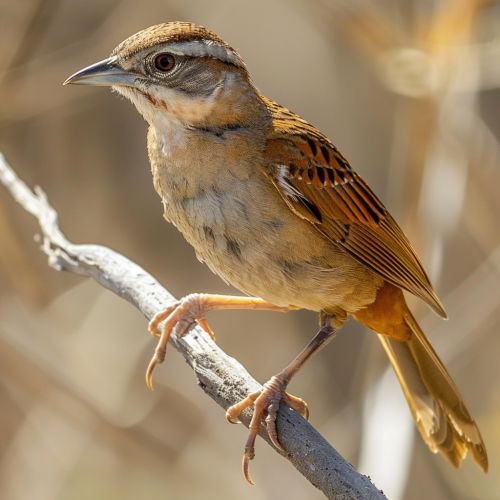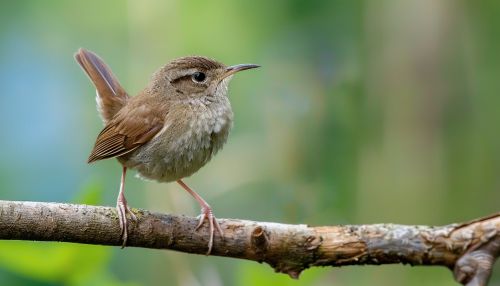Passerine birds
Introduction
Passerines, or perching birds, are the largest and most diverse order of birds, known as Passeriformes. They are distinguished by their toe arrangement, which facilitates perching. This article will delve into the various aspects of these fascinating creatures, from their evolutionary history to their physical characteristics, behavior, and role in ecosystems.
Evolutionary History
The Passeriformes order is believed to have originated in Gondwana, the southern supercontinent, during the Cretaceous period. The earliest known passerine fossil, the Eofringillirostrum boudreauxi, dates back to approximately 52 million years ago.


Physical Characteristics
Passerines are known for their distinctive toe arrangement, with three toes pointing forward and one pointing backward. This configuration, known as anisodactyl, enables them to perch securely on branches. Passerines vary greatly in size, from the tiny Goldcrest to the large Common Raven. Their plumage also varies widely, with some species exhibiting bright, colorful patterns, while others are more subdued in coloration.
Behavior
Passerines are known for their complex vocalizations, which are used for communication and mating displays. Many passerines are also highly social, forming large flocks outside the breeding season. They exhibit a wide range of feeding behaviors, with some species being insectivorous, others granivorous (seed-eating), and others omnivorous.
Role in Ecosystems
Passerines play a crucial role in ecosystems as pollinators, seed dispersers, and as a food source for larger predators. They also help control insect populations, as many species feed on insects.
Conservation
While many passerine species are common and widespread, others are threatened by habitat loss, climate change, and other human-induced factors. Conservation efforts for these species often involve habitat protection and restoration, as well as captive breeding and reintroduction programs.
